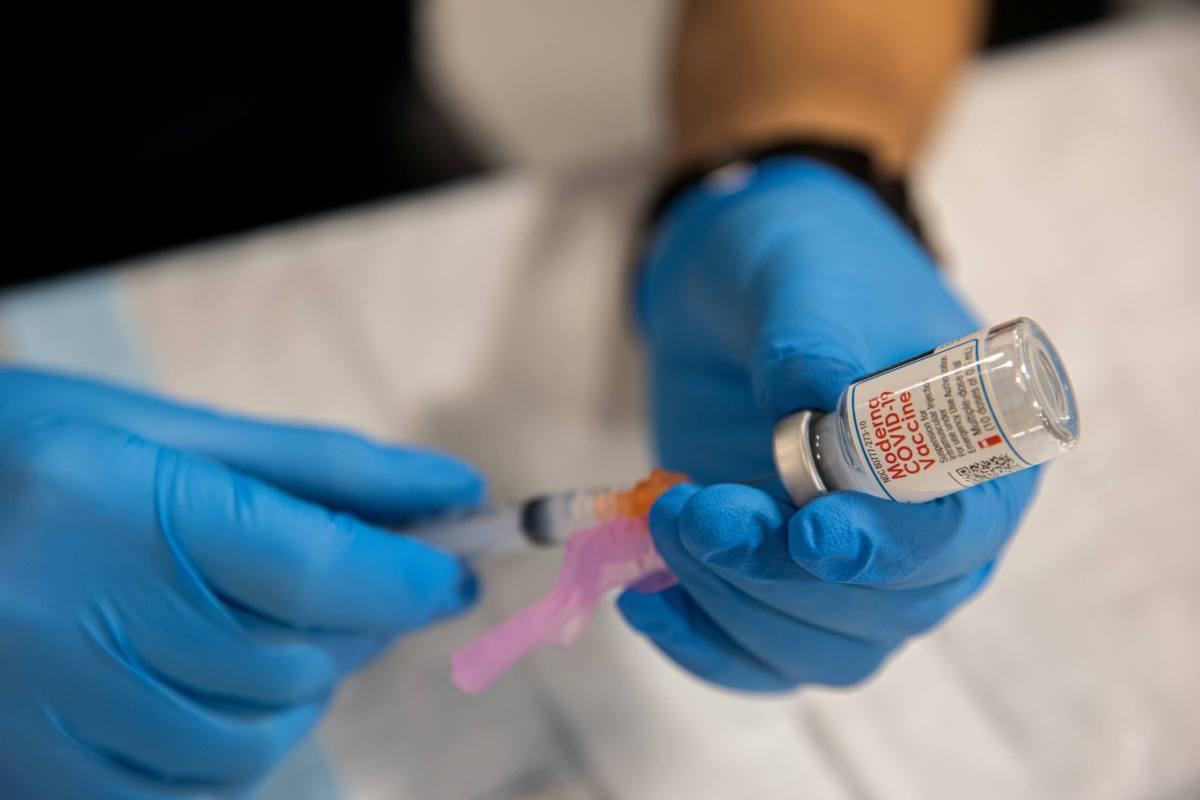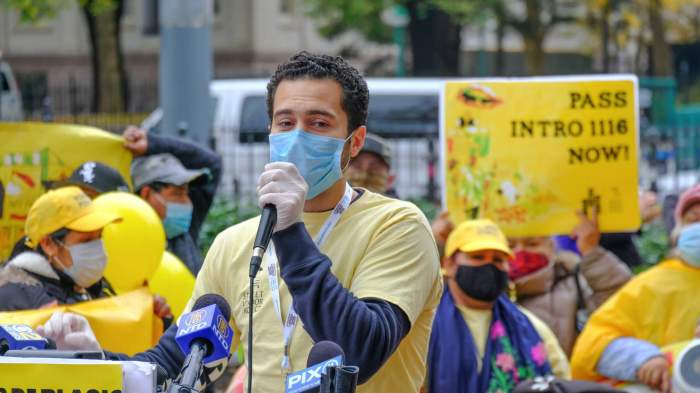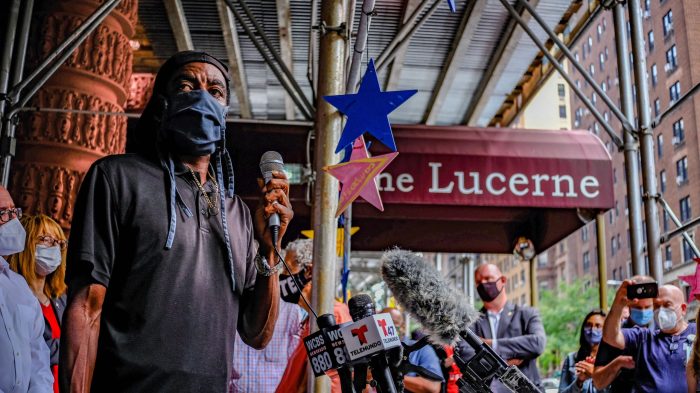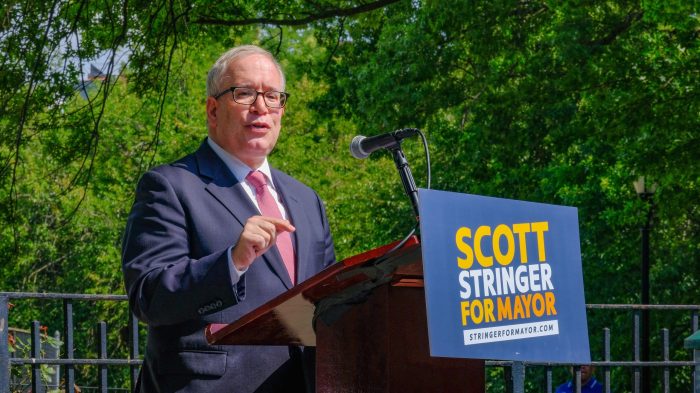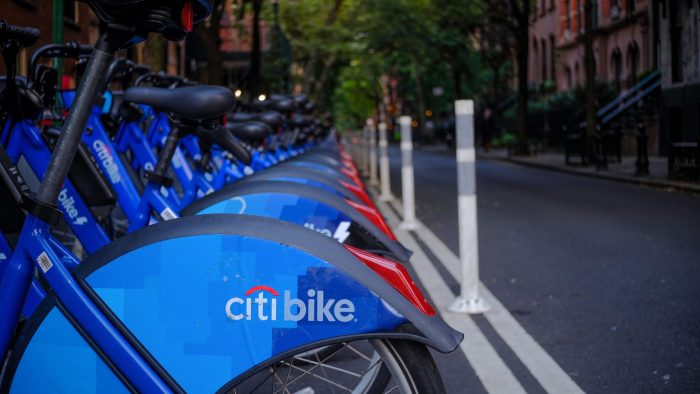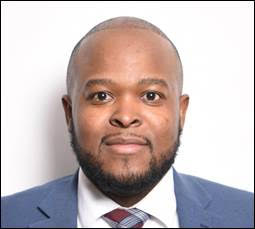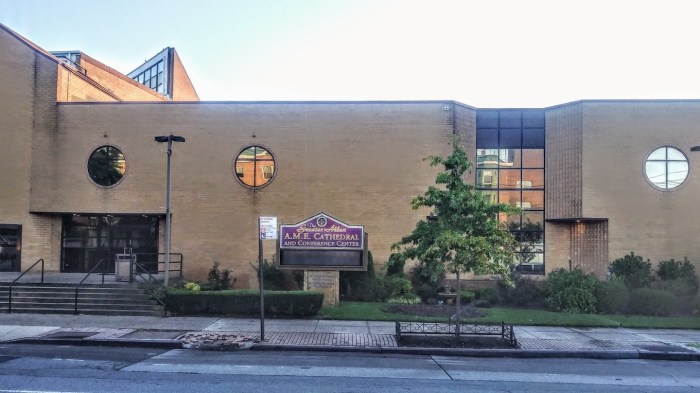White: 48%. Black: 15%. Latino: 15%. Asian: 11%.
Those were the demographic data released on the vaccination rates in the city among ethnic groups, raising the ire of a number of elected officials who believed that a month and a half into the effort there were too many barriers for too many New Yorkers.
Though enraged, none were truly surprised with some having called for an equitable rollout of the vaccine since doses began arriving in New York in mid-December.
“For weeks, I have called for [the city Department of Health and Mental Hygiene] to release the racial demographic data in real time on who is receiving the COVID-19 vaccine — and now that we finally have it, it is exactly what we feared,” Brooklyn Borough President Eric Adams said. “The failure to administer this vaccine to the populations in greatest need, communities that have suffered the most from the inequitable impact of the pandemic, is a stain on City Hall’s reputation that won’t soon be erased.”
Adams suggested expediting more of the next available doses of the vaccine into high-risk communities of color, adopting a plan proposed in recent legislation that would give local health departments authority to prioritize their own communities, and strictly barring people who live outside the five boroughs from going to facilities within city limits.
City Comptroller Scott Stringer held a press conference following the data release on Sunday morning, stating that he requested the city provide transparency on vaccine rollout that reflected the fact that communities of color suffered disproportionately in the spring during the height of the COVID-19 pandemic.
“Look, I understand full well that this virus was a surprise. And the testing was slowly ramped up, and a lot of the beginning of this was really difficult. But we knew this vaccine was coming, almost since the onset of the virus. We had many, many months to plan, we had many opportunities to put resources in the communities we know we’re going to be slow to get this vaccination,” Stringer said.
Stringer also recommended restricting access to the vaccine to those living outside of New York City and instead increasing outreach efforts to people in the communities where distribution is happening.
Mayor Bill de Blasio made the commitment to expand the task force, Vaccine for All, designed to bring the vaccine to underserved communities that will target 33 neighborhoods.
“Discrimination goes even harder in effect at the places that have suffered the most historically and where there’s the greatest problems like lack of health care,” de Blasio said Sunday in a press conference. “But we know where the most suffering has been, we know where the most deaths have been. We know where the greatest lack of health care has been historically, in a certain group of neighborhoods immigrant communities communities of people of color, that bore the brunt of this crisis.”
But Public Advocate Jumaane Williams, at the same time that the mayor released the plan to expand the task force, had heard enough talking on the subject. The data only showed an “abject failure” on the part of the mayoral administration.
“I don’t want to hear about a task force again, I don’t want to hear about it. We’re starting to think about planning. We had almost a year to think about this, we definitely have six to eight months to think about it. There was no problem that’s being pointed out today that we didn’t know about eight months ago,” Williams said. “The hardest hit communities should have the hardest hit responses.”
Governor Andrew Cuomo, during his briefing just a few minutes after de Blasio unveiled the data, said he had not seen it himself but that his administration had reviewed similar data pertaining to vaccinations and healthcare workers. Most of the criteria for the distribution of the vaccine does not pertain to residential status, though some providers require it before administering the shot.
“There are some sites that require residency, but they are the exception not the rule,” Cuomo said. “I would bet what we’re seeing, anecdotally, and what we’re seeing in polls and what we’ve been hearing from day one, is that there is more hesitancy among African Americans.”
According to Cuomo, Black New York healthcare workers appear to have a reluctance to take the vaccine even when working in a facility that distributes it. He believes this is a better control group and indicates trust while weeding out variables such as access, which was the primary concern of the city data.
“It’s not enough to do access if people won’t take it, and that’s why we’re going to start a advertisement campaign,” Cuomo said.
Unlike the city data, Cuomo said the state has tracked the white, Hispanic and Asian healthcare workers are more likely to take the shot than black New Yorkers.



